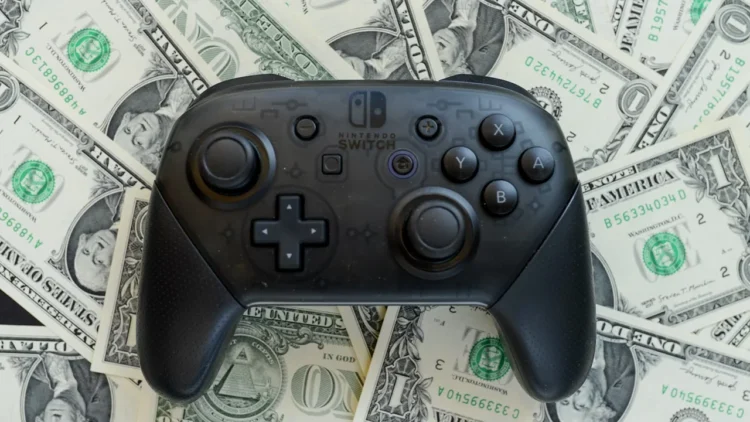Quick Take
- Major studios use AI for writing, localization, and 3D assets across AAA production pipelines
- $70+ prices now standard, with deluxe editions often hitting $100 despite cost-cutting tools
- AI’s impact felt more in layoffs and margins than in lower prices or more ambitious titles
In 2020, game publishers said rising costs forced them to raise the price of AAA titles to $70. In 2025, many of those same companies are using AI to automate large parts of the development pipeline and prices still haven’t dropped. Some games now launch at $100 for deluxe versions. Others hit $250 for collector’s editions, sometimes without even including a disc.
Studios across the industry are banking on AI to reduce the overhead of development. At the same time, they continue to charge more for games that often feel leaner and more monetized than ever.
AI Is Already Here
Ubisoft built Ghostwriter to generate background dialogue for NPCs. The company said it wanted writers to focus on more “creative” tasks, though industry veterans noted that these minor lines were often entry points for new hires. Activision confirmed that its Call of Duty team now uses generative AI tools to help create in-game assets. These workflows don’t replace teams outright, but they reduce hours and streamline output.
Sony’s 2024 corporate report revealed that Spider-Man 2 used AI to automate voice and subtitle syncing, cutting localization times. The company is also investing in volumetric capture to build reusable 3D assets. Microsoft’s Muse system goes a step further, sketching gameplay and art alongside human designers. The demo dropped right after 9,000 staff were laid off.
No studio is hiding its AI ambitions. These systems are framed as production boosters, but they also shrink payrolls. The same tools that promise faster games are used to justify smaller teams.
This shift toward leaner production models comes as major publishers scale back projects and teams in response to declining post-COVID growth. Microsoft, EA, and Sony have each moved to restructure operations in 2025, cutting jobs and deprioritizing large-scale internal development. Microsoft is preparing for further layoffs across its gaming division while EA canceled its Black Panther game and trimmed Respawn staff.
The Price Keeps Rising
When the price jump to $70 landed, the justification was ballooning dev cycles and team sizes. In 2025, that argument is harder to track. Many roles are now supported or replaced by generative tools. Writing, localization, art, even early gameplay ideation all see some level of automation. Publishers save time and money. Those gains are not reflected in what players pay.
The $70 base edition is standard. Deluxe editions hover near $100. Collector’s bundles can run past $250 and still include microtransactions. Some skip physical discs altogether. Live-service games also sell cosmetics, passes, and content drops long after launch.
The equation has shifted. Development is faster and leaner, but games cost more and offer less freedom out of the box. The trend isn’t toward more content for less money. It’s toward more monetization per user, with AI accelerating the pipeline that makes it happen.
At the same time, younger players are spending less. Game purchases by Americans aged 18 to 24 have dropped nearly 25% year-over-year. Economic stress, loan repayments, and high upfront pricing are reshaping how this group interacts with games and how often they buy them.
Fewer Jobs, Bigger Margins
Developers have raised concerns about what this shift means for jobs and creative risk. AI takes over repetitive tasks, but it also trims junior positions. Projects become more efficient, and fewer people are needed. That might be good for margins, but it hasn’t opened the door to bolder or more experimental games.
Most publishers now rely on sequels, remasters, and licensed IP. New concepts move slower, and many are shelved in favor of projects with proven ROI. Savings from automation often go to marketing campaigns instead of design polish. Super Bowl ads, global trailers, and influencer pushes now claim budgets that rival production itself.
Who Benefits?
Public companies like Sony, Microsoft, and Activision are built to return value to shareholders. AI helps them do that by reducing labor costs and shipping more efficiently. The money saved doesn’t circle back to players. It rarely even hits the development floor again. It feeds executive bonuses, marketing budgets, and profit reports.
In the long term, the rise of AI in gaming will reshape how studios operate. That part is already happening. What’s less clear is whether players will see any upside or just a more expensive way to buy less game.







